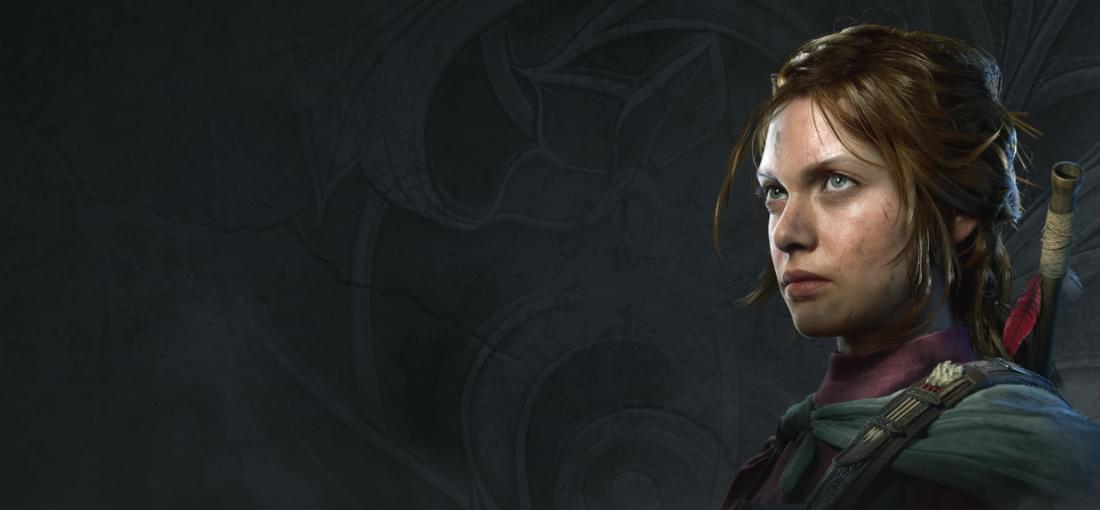


Eriksholm: The Stolen Dream is one of those rare titles that slips under the radar. It didn’t arrive with the marketing blitz of a AAA blockbuster, nor did it trend for a hot second before fading into obscurity. Instead, it feels like a secret — something you stumble upon almost by accident. And when you do, you ask yourself: How did I miss this? For me, Eriksholm belongs firmly in the category of “surprise of the year.” It may not be loud or flashy, but its charm lies in the details, in the atmosphere, and in how its narrative and gameplay complement each other with surprising grace. What Makes Eriksholm Special? 1. Atmosphere, Atmosphere, Atmosphere Set in a dark, alternate Scandinavia at the dawn of the 20th century, Eriksholm feels both familiar and uncanny. The art direction is stunning — every corner of the city is dripping with mood. Cutscenes are film-like, with nuanced expressions and carefully framed lighting. Even in normal gameplay, I often caught myself pausing just to admire the architecture, the shadows, the tiny visual flourishes. 2. Smart Stealth Over Mindless Action This isn’t an action-heavy spectacle. Eriksholm is first and foremost a stealth puzzle game. You sneak, you study guard patterns, you create diversions, and you strike at just the right moment. The mechanics are tightly woven together, often pushing you toward the intended solution. That might frustrate players who crave total freedom — but for me, it felt like an elegant choreography of timing, planning, and precision. When you embrace the idea that Eriksholm is less about sandbox experimentation and more about carefully designed stealth scenarios, it becomes deeply satisfying. 3. Three Characters, Three Angles The story begins with Hanna, an orphan searching for her missing brother. Later you meet Alva and Sebastian, each with unique skills (climbing, swimming, etc.), which add variety and puzzle depth. Swapping between characters never feels gimmicky — instead, it adds to the sense of collaboration and cleverly interlocks with the stealth design. 4. A Story with Heart and Secrets At its core, Eriksholm tells a very human tale: Hanna’s search, political intrigue, illness, power struggles, personal scars. It’s not a flashy “save the world” plot, but rather something smaller, more intimate, and therefore more powerful. Yes, some twists are predictable, and yes, the villains lean into familiar tropes, but the emotional resonance carried me through. The game takes its time with the characters, often allowing quieter, reflective moments that stick with you. 5. Accessible Yet Engaging Despite its tactical bent, Eriksholm never feels unfair. Guard patterns are readable, checkpoints are generous, and the rules are clear. Some critics call the levels too guided, leaving little room for improvisation. Personally, I saw this as a strength: instead of fumbling endlessly, the game lets you focus on execution, atmosphere, and story. Flaws That Don’t Really Matter Limited freedom: Most levels push you toward a “correct” path rather than offering dozens of possibilities. Narrative predictability: A few late-game story beats fall into cliché. Not a sandbox: Hardcore stealth purists may find it too structured. But here’s the thing — none of these truly detract from what Eriksholm does achieve. It’s polished, it’s deliberate, and it knows exactly what it wants to be. Verdict: A Treasure in the Shadows Eriksholm: The Stolen Dream is one of those overlooked gems that deserves more love. It may get lost in the summer drought, buried under bigger names, or written off as “too niche.” But if you give it a chance, it rewards you with an unforgettable experience. For me, it is: A visual statement — atmospheric, striking, meticulously crafted A focused stealth adventure — tight, elegant, and satisfying A heartfelt narrative — small in scope, big in emotional impact If you enjoy games that surprise you with their craft, that invite you to savor their world rather than overwhelm you with bombast, Eriksholm is one of those rare titles you’ll carry with you long after the credits roll.